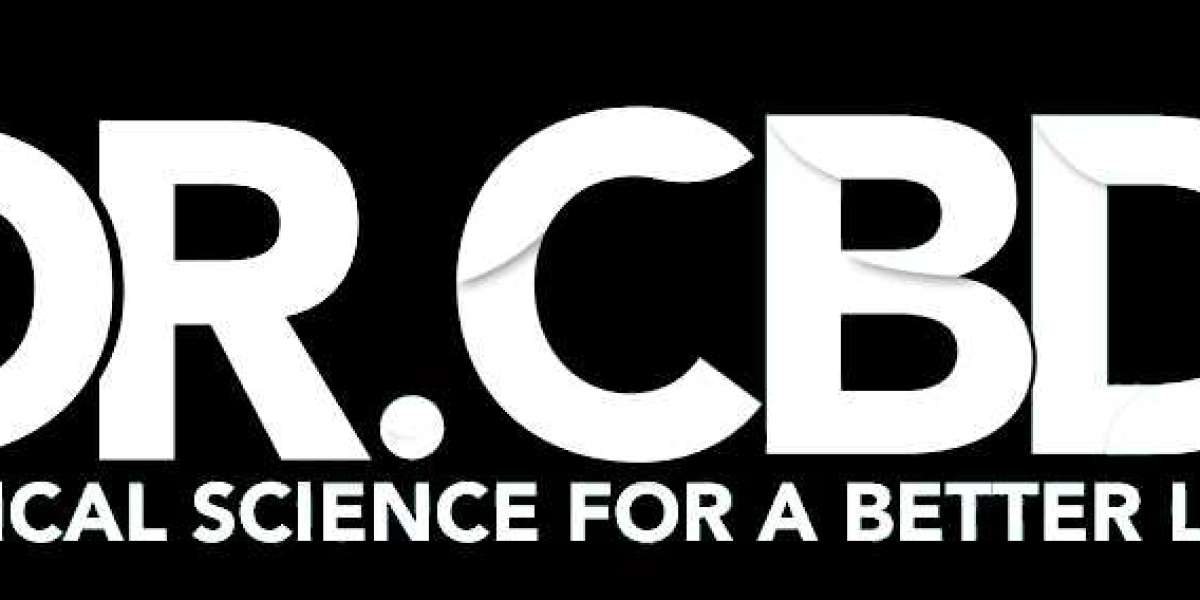FRAM (Ferroelectric Random Access Memory)
FRAM, or Ferroelectric Random Access Memory, is a type of non-volatile memory that combines the speed of conventional RAM with the ability to retain data when power is lost. It is a promising memory technology that addresses many limitations of traditional non-volatile memories like EEPROM and Flash. FRAM is used in various applications, including industrial automation, automotive systems, consumer electronics, and medical devices.
The FRAM (Ferroelectric Random Access Memory) Market covers non-volatile memory technology characterized by low power consumption and high endurance. It is used in automotive, industrial, and consumer electronics for data logging, smart cards, and sensor devices. Market growth is driven by demand for reliable, energy-efficient memory solutions.
What Is FRAM?
FRAM is a type of random-access memory that uses a ferroelectric layer instead of a dielectric layer to achieve non-volatility. This ferroelectric layer allows data to be stored using electric polarization rather than charge storage. When a voltage is applied, the polarization direction changes, representing binary "0" or "1". This state remains even when the power is turned off, making FRAM a non-volatile memory.
The core component of FRAM is a ferroelectric capacitor, typically made with a material such as lead zirconate titanate (PZT). Unlike dynamic RAM (DRAM) or static RAM (SRAM), FRAM doesn’t require refreshing, and unlike Flash, it can be rewritten much more quickly and with less energy.
Key Characteristics of FRAM
Non-Volatility
Data remains intact without power, similar to Flash or EEPROM, making FRAM ideal for data logging and real-time event capture.High Endurance
FRAM can withstand billions (often trillions) of write cycles, far exceeding the write endurance of EEPROM and Flash memory.Fast Write and Read Speed
FRAM offers nearly instantaneous write speeds, with performance comparable to SRAM, and does not require the erase-before-write step found in Flash.Low Power Consumption
It consumes significantly less power during writes, which makes it suitable for battery-operated or energy-harvesting devices.Radiation Resistance
FRAM is more resistant to radiation effects, making it suitable for aerospace, military, and other mission-critical environments.
Advantages of FRAM
Real-Time Data Capture
Because of its fast and frequent writing ability, FRAM is perfect for applications that need to log data continuously or respond instantly to events.Longer Device Lifespan
With ultra-high endurance, FRAM extends the operational life of devices in demanding applications.Simplified Power Management
Lower energy requirements and fast writes reduce the need for large capacitors or backup batteries for data retention.Reliable Data Storage
FRAM provides robust data retention without degradation over time, making it more reliable for long-term use.
Limitations of FRAM
Lower Storage Density
FRAM typically offers smaller storage capacities compared to Flash memory, which can be a constraint for memory-intensive applications.Higher Cost
The cost per bit of FRAM is generally higher than that of Flash or EEPROM, which can limit its use in price-sensitive applications.Limited Availability
Although adoption is growing, FRAM is not as widely available or supported as traditional memory technologies.
Applications of FRAM
Industrial Automation
Used in programmable logic controllers (PLCs), meters, and sensors where data integrity and endurance are crucial.Automotive Electronics
Enables real-time data logging in systems such as airbag controllers, event data recorders (EDRs), and advanced driver-assistance systems (ADAS).Medical Devices
Stores critical operational and patient data reliably in devices such as insulin pumps, hearing aids, and pacemakers.Smart Cards and ID Systems
FRAM’s fast write speeds and durability make it suitable for security cards and RFID systems.Consumer Electronics
Found in cameras, printers, and other electronics requiring frequent, fast memory access without losing data.
Future Prospects
With growing demand for memory solutions that are fast, energy-efficient, and reliable, FRAM is poised to gain traction in next-generation applications, particularly in IoT, edge computing, and wearable technology. Research is also underway to develop FRAM using alternative materials that can further reduce costs and improve scalability.
As manufacturers look for alternatives to Flash that can better handle real-time data and extended usage, FRAM offers a compelling solution. Its unique combination of speed, endurance, and non-volatility continues to attract interest in sectors where data integrity and responsiveness are paramount.
Conclusion
FRAM stands out as a versatile and durable memory technology that bridges the gap between volatile and non-volatile storage. Although its adoption is currently limited by cost and density, its technical advantages make it a strong candidate for critical applications requiring high-speed and high-endurance memory. As technological advances continue and demand for reliable embedded memory grows, FRAM’s role in the electronics industry is expected to expand steadily.
Related Reports:
| UK Building Automation System Market |
| South Korea Building Automation System Market |
| Mexico Building Automation System Market |
| Japan Building Automation System Market |
| India Building Automation System Market |



